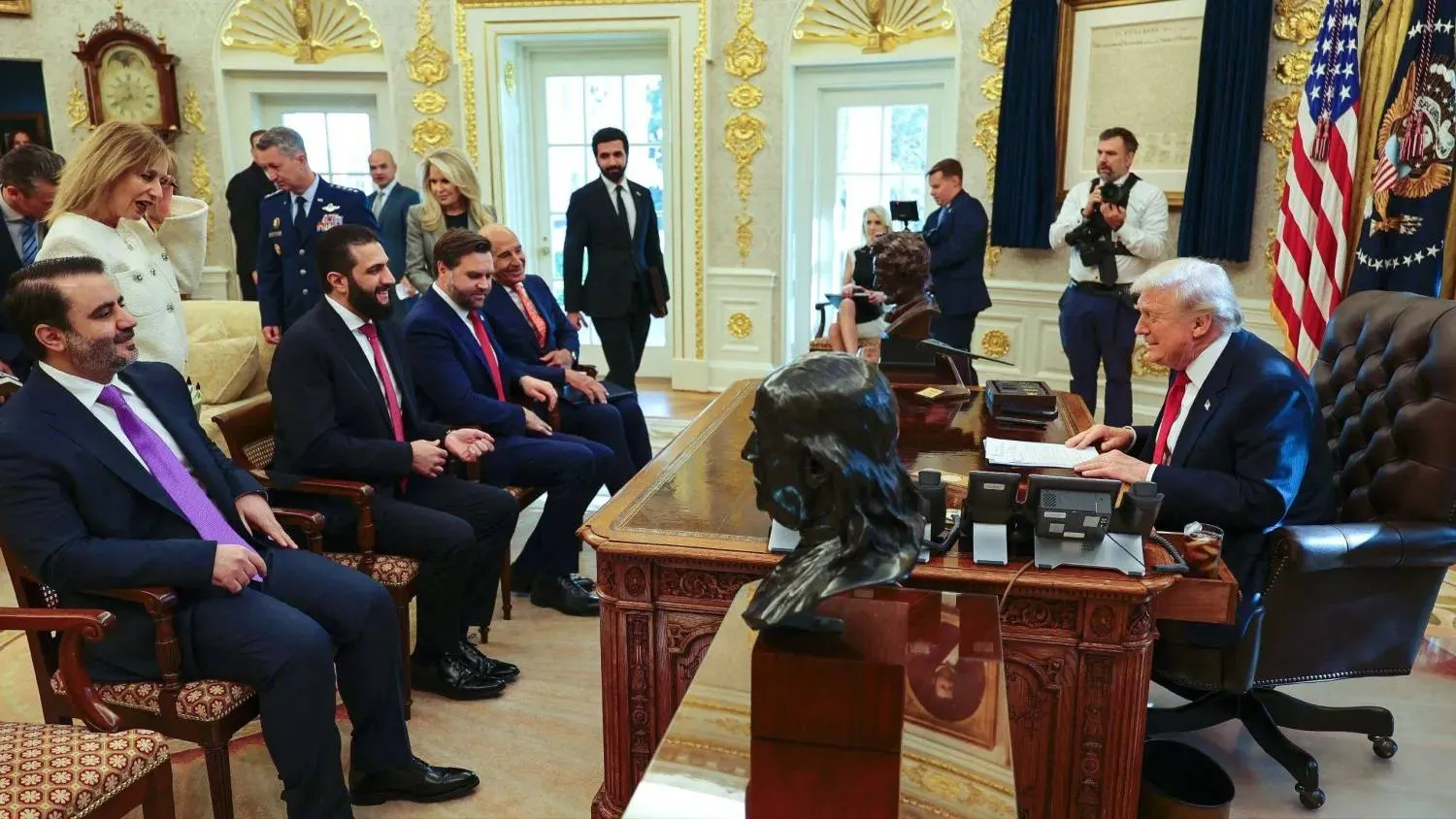What's in a name? For Kamala Harris, it's a way to assert her own authority, implicitly celebrate her identity -- and blunt attacks by her White House rival, Donald Trump.
The former Republican president persists in calling Harris by her first name at his rallies -- a contrast to how he referred to the former Democratic presidential candidate, Joe Biden, either as "Biden" or sometimes "Sleepy Joe."
The 78-year-old billionaire also makes a point of mispronouncing "Kamala," telling a rally at the end of July that there were "numerous ways of saying her name."
"I said, don't worry about it. It doesn't matter what I say. I couldn't care less if I mispronounce it," he continued.
On the surface, it's just another attack by a politician famous for his belittling nicknames.
But when it comes to a woman and a person of color, Trump's insistence on referring to Harris by her first name -- and mangling it -- takes on a more insidious tone.
"Calling women leaders by their first name is often done to undercut their authority," explains Karrin Vasby Anderson, a professor of communications at Colorado State University.
As for the pronunciation, some believe Trump is attempting to "other" Harris -- and remind his supporters that her father was from Jamaica and her mother emigrated from India.
That impression becomes more pointed when created by a presidential candidate who often deploys racist and violent rhetoric against migrants, especially during an election with a growing gender divide, said AFP.
"It's noteworthy that Trump often mispronounces her name for humorous effect, tacitly implying that the notion of a Black woman with South Asian heritage running for president is worthy of ridicule," Anderson says.
"But it's also interesting that he not only mispronounces it, but he makes the claim that she doesn't know how to pronounce her own name. It's the ultimate mansplain."
'La-la-la-la-la'
Harris has turned Trump's attacks around, however -- making a point of both celebrating her first name and emphasizing how to pronounce it.
When Biden withdrew from the race in July, endorsing Harris, the campaign team's account on X swiftly changed from "Biden HQ" to "Kamala HQ."
At rallies, "Kamala" signs are waved side by side with "Harris Walz" posters, referring to her running mate Tim Walz.
In Washington on Tuesday evening, tens of thousands of people chanted the name as Harris delivered a major address with the White House lit up in the background -- creating a contrast between the solemnity of the moment and an almost affectionate note.
As for the pronunciation, the 60-year-old vice president's two great-nieces took to the stage at the Democratic National Convention in August to explain how it's done with the help of Emmy-winning actress Kerry Washington.
The trio divided the crowd up, with one side chanting "Kama" -- "like a comma in a sentence," and the other responding "la" -- "like la-la-la-la-la."
Some Harris campaign signs even read ",LA" -- a cheeky reference to the pronunciation.
Harris's first name has another version: "Momala" -- the nickname given to Harris by her stepchildren, Ella and Cole Emhoff.
'Madam President'
After Biden's dramatic decision to drop out of the race, Harris entered late and with a lack of notoriety. Making herself known by her first name is one strategy among others to bridge the gap.
It's a trick that has been used often by American politicians to create their public persona.
Progressive US Senator Bernie Sanders is often referred to by his first name, and Transportation Secretary Pete Buttigieg is widely known as "Mayor Pete" in reference to his former title in South Bend, Indiana.
Going by Kamala also allows Harris to sow hints of her unusual background -- and the potentially historic nature of her presidency.
"She does not need to explicitly remind people that she's a woman or that she's a Black and South Asian woman," says Kelly Dittmar, professor of political science at Rutgers University.
"She represents a kind of approach to identity in political campaigning that ... just doesn't need to be explicit."
As for the mansplaining, Harris's husband Doug Emhoff, who hopes to become the first ever First Gentleman, had a pithy comeback.
"Mr. Trump, I know you have so much trouble pronouncing her name," Emhoff said during a campaign event in August.
"Here's the good news. After the election, you can just call her Madam President."
Kamala or Harris? How to Thread the Needle on Politics, Gender and Race

Democratic presidential nominee, US Vice President Kamala Harris speaks during a campaign rally at the Alliant Energy Center on October 30, 2024 in Madison, Wisconsin. Harris and her opponent, Republican presidential nominee former President Donald Trump, are currently in a dead heat in the swing state. Scott Olson/Getty Images/AFP (Photo by SCOTT OLSON / GETTY IMAGES NORTH AMERICA / Getty Images via AFP)

Kamala or Harris? How to Thread the Needle on Politics, Gender and Race

Democratic presidential nominee, US Vice President Kamala Harris speaks during a campaign rally at the Alliant Energy Center on October 30, 2024 in Madison, Wisconsin. Harris and her opponent, Republican presidential nominee former President Donald Trump, are currently in a dead heat in the swing state. Scott Olson/Getty Images/AFP (Photo by SCOTT OLSON / GETTY IMAGES NORTH AMERICA / Getty Images via AFP)
لم تشترك بعد
انشئ حساباً خاصاً بك لتحصل على أخبار مخصصة لك ولتتمتع بخاصية حفظ المقالات وتتلقى نشراتنا البريدية المتنوعة







